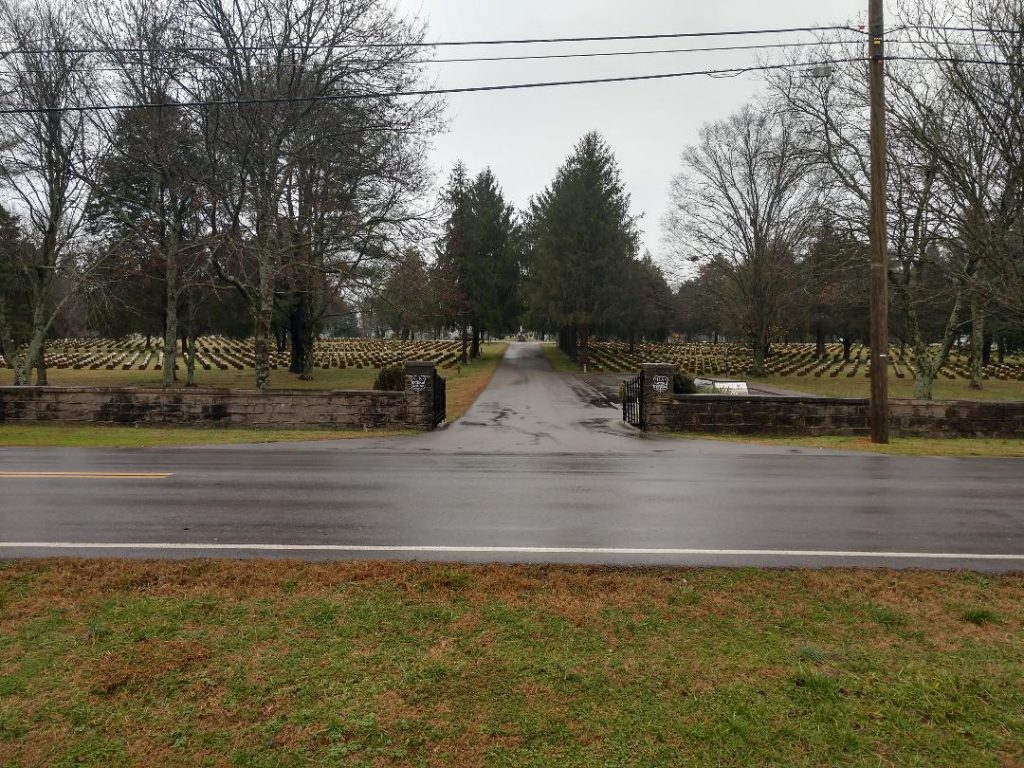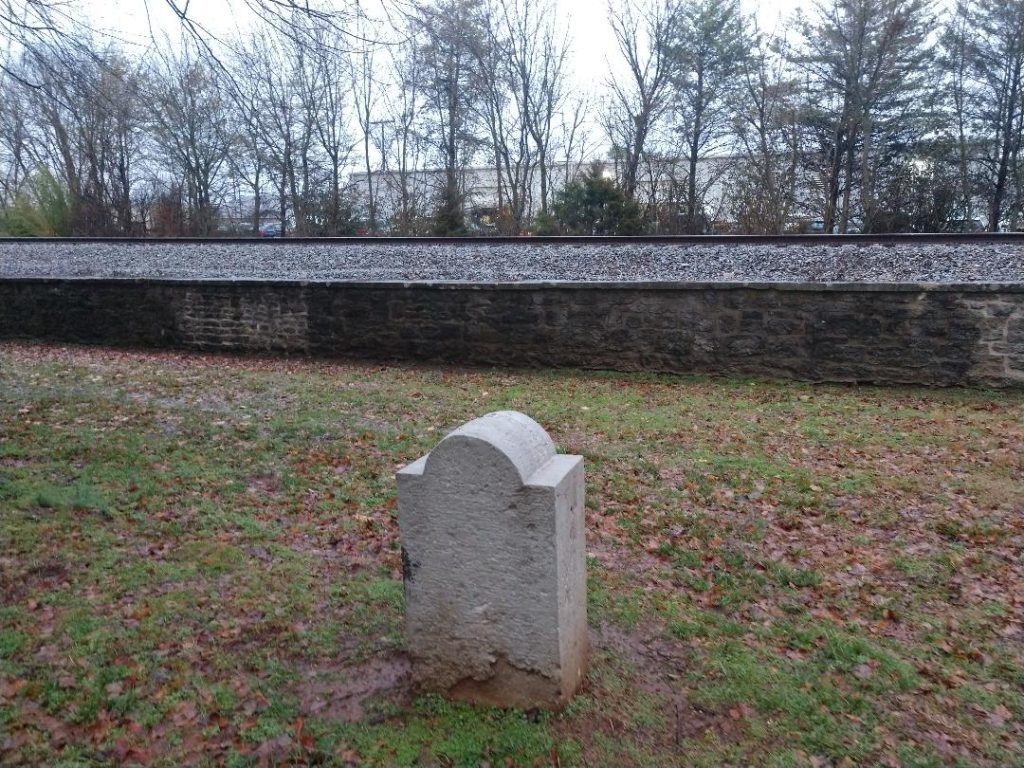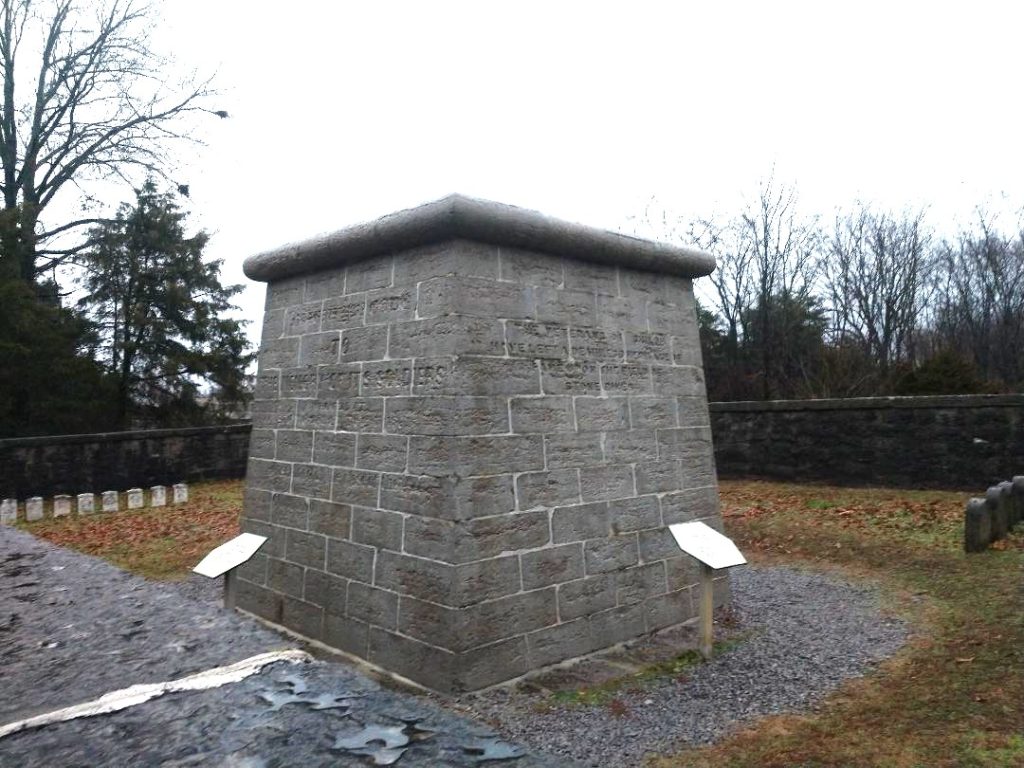Stones River Aftermath
Fought December 31, 1862 to January 2, 1863, the battle of Stones River was one of the largest and costliest of the war. Casualties over those three days were 13,500 Union and 10,500 Confederate. Like any major engagement, it has numerous events and segments which can be studied in detail. Yet I have always thought that one of the most interesting aspects of the battle is its aftermath.
With the Confederate withdrawal after the fighting, Confederate commander Gen. Braxton Bragg faced a great deal of criticism, both within the army and from the public. He offered to step down, then retracted it. He argued with his subordinates, and blamed some for the failure. Soon an atmosphere of tension existed in the army’s leadership, and it plagued the Army of Tennessee for the remainder of Bragg’s tenure as commander. If you know about the dysfunction in the army, you can trace it all to Stones River. All of this infighting and backstabbing took place in the aftermath of the battle.
General William S. Rosecrans’s Union forces occupied the town of Murfreesboro and soon constructed Fortress Rosecrans, a massive earthen fort that served as a supply base and recruiting center. Union troops held this post for the rest of the war, and its served as a jump off point for the advance onto Chattanooga and eventually Atlanta. It typifies a new phase of the war: military occupation.
The town’s civilians found themselves under military occupation, and Union troops found themselves policing the area. It was a new and unfamiliar experience for both. Controlling the moments and actions of civilians, patrolling the countryside, guarding railroad lines and bridges, enforcing law and order, these were all things that the army had to adapt to doing.
Fortress Rosecrans also became a center for recruiting African American soldiers. United States Colored Troops soon became a significant part of the occupation forces in Tennessee. Much of the garrison at the fort, as well as those guarding the railroad lines above and below it, were composed of these locally raised troops. The social impact of free and armed black men was enormous as well.
Occupation troops also began a National Cemetery for the Union dead in 1864, while the war was still going on. Federal dead from not just Stones River, but nearby battlefields were interred here, including Franklin, Hoover’s Gap, Tullahoma, Farmington, and area field hospitals. The cemetery served as a permanent reminder to residents of the impact of Union occupation, and began the process of commemorating the battle from the Union perspective.

Some of the Civil War’s earliest monuments are found here. As at many battlefields, the very first monuments were placed by veterans not on the battlefield itself, where they fought, but in the cemeteries, where their comrades rested. There are two monuments in the National Cemetery.
In 1865 veterans placed the 43rd Wisconsin/180th Ohio monument in the cemetery, but its location speaks volumes. The small stone does not face the cemetery entrance, where visitors arrived by carriage, but the railroad tracks, which ran along the eastern edge. Thus it was visible from the railroad, and clearly intended to be seen by those riding the rails.
Placed in early 1865, the Wisconsin/Ohio Monument honors two regiments who were not even in the battle. These two units were among those guarding the vital railroad line that supplied the Army of the Cumberland as it moved towards Chattanooga. This small but unique monument sheds light on a lesser known aspect of the war: logistics. The monotonous but dangerous duty drew many Union soldiers away from active fighting and instead had them guarding and patrolling key sites along the railroad during the war.

In 1882 veterans of the Regular Brigade of the Army of the Cumberland placed a monument to their fallen comrades, again not on the battlefield, but in the cemetery where they could mourn their fallen comrades. The only regular army troops engaged at Stones River, they suffered heavily in the battle.
Another one of the oldest Civil War monuments in the nation is the nearby Hazen Brigade Monument. Hazen’s troops built it during the war in 1863 on the ground they defended known at the time as the Round Forest.

Built with native limestone, the central feature is a monument ten feet high and nine feet square. A four feet high stone wall surrounds it. Inside the wall are 45 graves of men from Hazen’s Brigade.
Following the war, an African American community sprang up near the National Cemetery. In 1867 members of the Gay Street Colored Christian Church in Nashville acquired 307 acres near the National Cemetery and established the first and only Freedmen college in the state. They called it Tennessee Manual Labor University (TMLU).
Over half of TMLU’s acreage was used for churches, residencies, and school facilities. The remaining land was reserved for agriculture. Though the school closed less than 10 years later due to financial difficulties, the thriving community around it remained, known as Cemetery
By 1910 Cemetery was home to roughly 80 people from 17 households. There were churches, a school, and shops. Of those households, at least 70% owned the property on which they lived. The population started to dwindle in 1914 when the onset of World War I prompted many of the town’s residents to move north. According to census data, there were 65 people living in Cemetery in 1920.
Lastly, there is a fascinating story of battlefield preservation here. Congress established Stones River National Battlefield in 1927. During the 1930s the federal government purchased 300 acres, including land from residents of the Cemetery Community.
It was administered by the War Department as all military parks were until 1933 when the War Department transferred Stones River, along with all historic parks and battlefields, to the National Park Service.
While parks at Gettysburg, Chickamauga, Chattanooga, and Shiloh were established with thousands of acres, only about 700 acres were eventually preserved at Stones River. In the 1990s and early 2000s, more land was added to the park, but the preserved lands represent less than a quarter of the area where the battle was fought. Today, thanks to the good work of the American Battlefield Trust, more land has been preserved here in the past two years than in the previous eighty.
As interesting as battle itself, I find these topics related to its aftermath just as fascinating and worthy of study.
Your point about logistics is well taken. I had an ancestor in the 43d Wisconsin, and another in the 46th Wisconsin – both of whom spent time guarding the railroad between Murfreesboro and Chattanooga.
Fortress Rosecrans? The long arm of the Yankees extended all the way to here in San Diego: Fort Rosecrans National Cemetary and the U.S. Grant Hotel. Both worth a visit.
The 43rd Wisconsin/180th Ohio monument was originally placed in a cemetery near Cowan, TN. It was moved to Stones River National Cemetery when the soldiers buried in Cowan were reburied there.